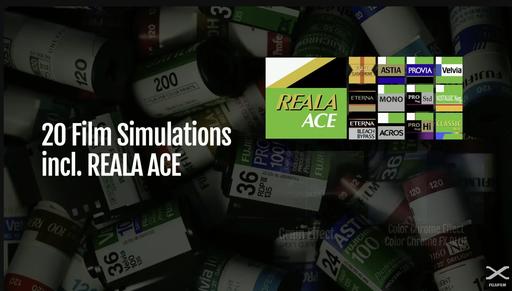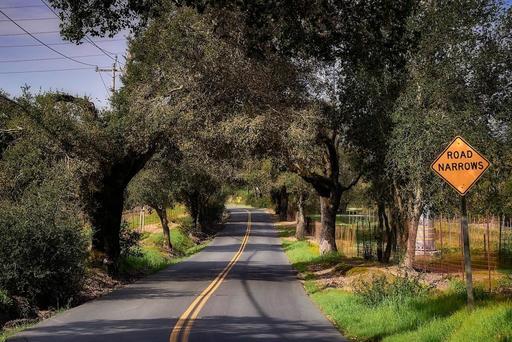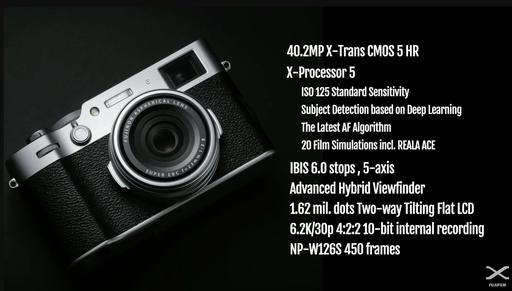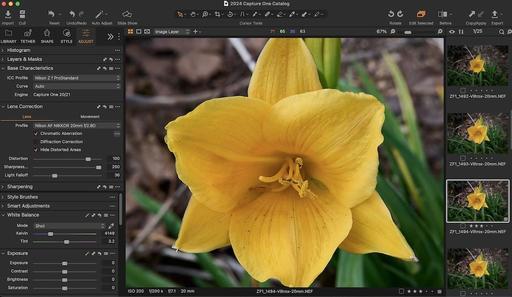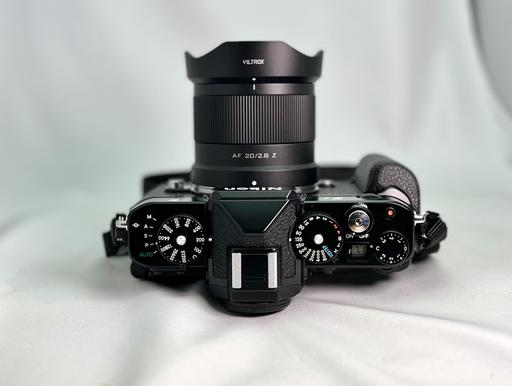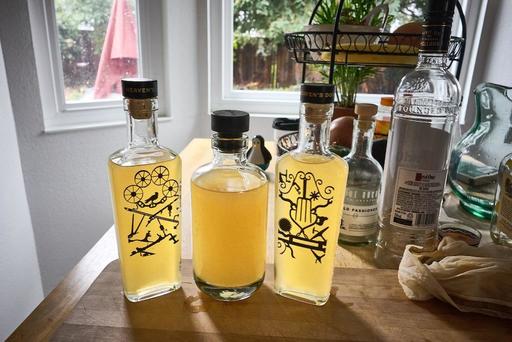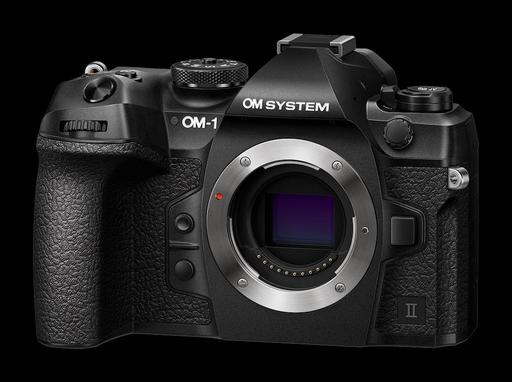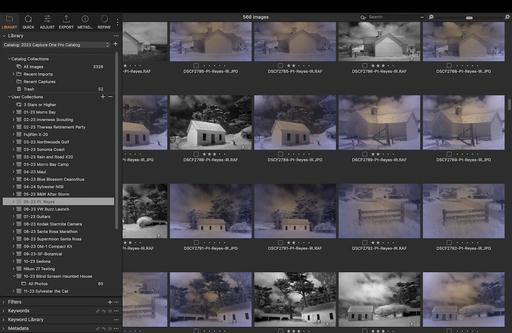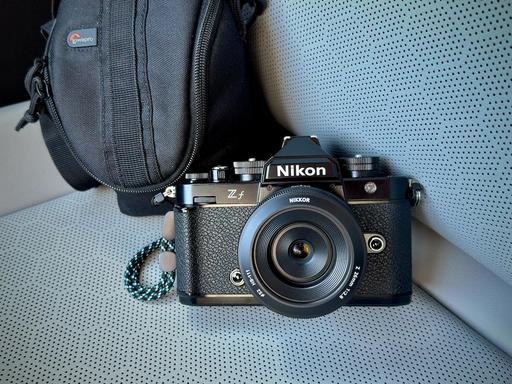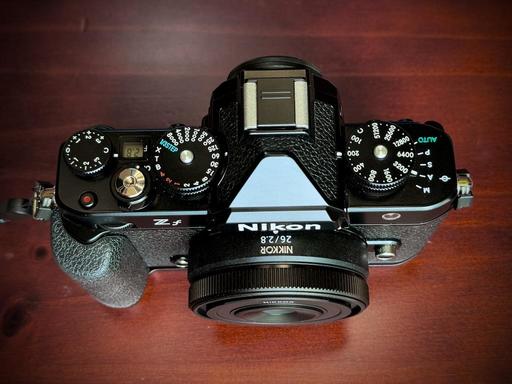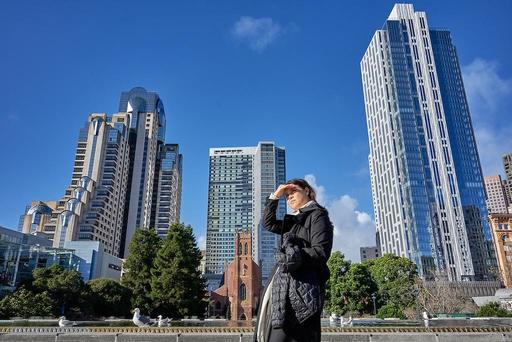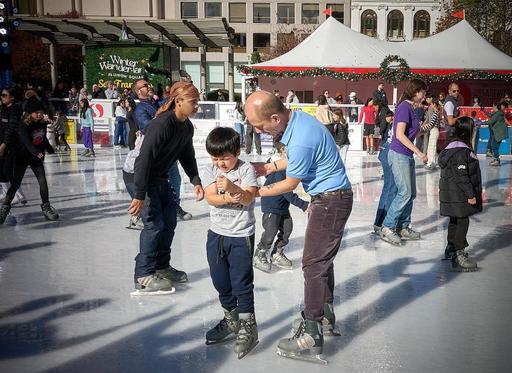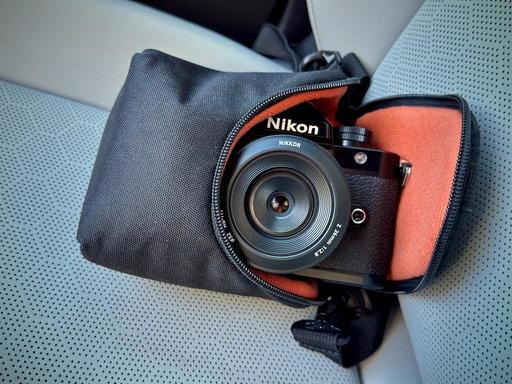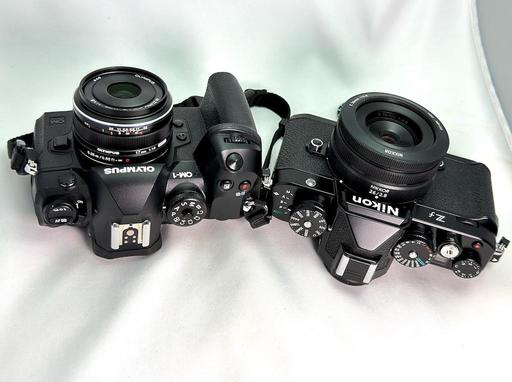This is The Digital Story Podcast #937, March 5, 2024. Today's theme is "Film Simulations - Nothing to Lose, Everything to Gain." I'm Derrick Story.
Opening Monologue
Your first thought may be, "Why do I care about film simulations?" And that's fair if what you are after is the standard Jpeg processing included with your camera. But since electronic viewfinders can present a view of the world with our settings applied, film simulations can lead the way to more creative photography. I will explain more in the first story of this week's TDS Photography Podcast. I hope you enjoy the show.
Tune-In Via Your Favorite Podcast App!
Apple Podcasts -- Spotify Podcasts -- Stitcher
Podbean Podcasts -- Podbay FM -- Tune In
Film Simulations - Nothing to Lose, Everything to Gain
The announcement of the new Fujifilm X100 VI with its 20 film simulations seems to have re-energized this conversation. Being a fan of these myself, I thought it would be worth a few minutes of our time.
Basically, film simulations are merely alternative Jpeg processing formulas. Camera manufacturers have their default recipes, which are excellent, but if you want to get creative there are alternatives.
These really became popular with mirrorless cameras because the EVFs allowed us to preview the effect of any film simulation we had applied. Often this encourages creativity. And they are just plain fun.
Nearly every camera has a way to apply these. Fujifilm includes a library of simulations developed with their color science built right into the camera. Nikon also has their versions of this, called Picture Controls. They include their own, and then leave 9 slots open for you to add your own. Currently I'm using a set developed by an independent site called Nikon Picture Control Editor.
I use these on my Olympus cameras as well. Just like the other brands, OM System includes different looks built into the camera. But, you also have access to all of the controls required to create your own recepies. Rob Trek Online, for example, has published some Fujifilm recipies that you can apply to your OM System camera.
You can also apply film looks in post production. Adobe, DxO, Capture One, Photomator, RAW Power, and ON1 all have film looks available.
Tips for Film Simulation
Shoot RAW+Jpeg. The RAW will be RAW and the Jpeg will reflect the film simulation.
Note in your metadata descriptions the film simulation you used. These are not typically captured by the camera. I'm building an album in Capture One Pro that shows all of the film simulations that I'm using for the Nikon Zf.
You can always return to the camera manufacturer's profile in post. In Capture One Pro, for example, the Base Characteristics panel will let me switch back to a Nikon ICC profile if I decide I don't like the film simulation I used while shooting.
You can see the differences if you switch back and forth between the RAW version (which will have a native camera profile) and the Jpeg version (which will show the film simulation). I find this comparison very instructive.
Bottom Line
Film simulations, one way or another, can be enjoyed with any mirrorless camera. I love the looks they create, both in B&W and color. With my Nikon Zf, I have seven different B&W simulations to choose from - 3 native, and 4 added. And they are all very different.
The New Film Camera from Pentax is a Half Frame Compact
You can read the entire article on CasualPhotoPhile.com.
Infrared Photography Workshop - Online - June 2024
Do you feel like the world is looking like "the same old same old" through your camera's viewfinder? Have you felt your enthusiasm for photography waning? Then it's time for you to consider exploring infrared imaging.
Suddenly walks you've taken a hundred times look completely different as you see them through your camera. Old familiar subjects burst to life with new vibrancy. IR photography can energize your creativity, not only for this medium, but for all of your artistry.
Beginning June 5, 2024, join us for this 4-week exploration into the world of IR. During this event, you will learn:
- The best IR filter to start with.
- How to test your existing digital camera for infrared sensitivity.
- Learn about the different types of IR conversions for digital cameras.
- See how different IR filters produce wildly different results.
- Learn how to fine-tune your images with software you already own.
- Discover advanced techniques to take your images to the next level.
- And much, much more.
This online workshop (Zoom) begins on Wednesday, June 5, 2024, with both morning (9am PST) and evening sessions (4pm PST) available. We will convene weekly thereafter via Zoom for more training sessions (AM and PM), Q&A, and to compare notes. You can attend morning, evening, or both sessions. It's essentially the same content, just different participants.
It is so much fun.
Plus, you will have unlimited access to our online workshop community, DerrickStoryOnline. Here, you can mingle with other workshop participants (past and present), share images for comment, exchange tips and techniques, and enjoy the fellowship of other creatives who share your passion for image-making.
You can reserve your spot for the Infrared Online Workshop here.
Best Micro Four Thirds lenses in 2024
You can read the entire article on AmateurPhotographer.com
Nikon Says It is 'Passionate' About Providing Firmware Updates
You can read the entire article on PetaPixel.com
Virtual Camera Club News
The Nimble Photographer Newsletter is now publishing every Thursday. Readers will enjoy a variety of content spanning from short photo essays, to commentary on weekly events, to reviews of the latest and coolest photo gear.
TDS Workshops! - You can sign up for available workshops by visiting The Nimble Photographer. Inner Circle Members receive a 10-percent discount on all events.
Inner Circle Members: A big thanks to those who support our podcast and our efforts! We are having a blast at our new Inner Circle hangout, the private group I've set up at DerrickStoryOnline. We'd love it if you join us. You can become an Inner Circle Member by signing up at our Patreon site. You will automatically be added to the new hangout.
Great Photography Articles on Live View - If you check out our publication and appreciate what you see, be sure to follow us and clap for those authors. You can find us at medium.com/live-view.
If you're interested in writing for Live View, drop me a line at dstory@gmail.com.
The New Donation Kit for Carefree Shipping of Found Film Cameras - If you've discovered a film camera that's no longer being used, our new Donation Kit makes it easy to pack and ship. Just visit the Contact Form on thenimblephotographer.com, click the box next to Donating a Film Camera, and let me know what you have. In your note, be sure to include your shipping address.
Affiliate Links - The links to some products in this podcast contain an affiliate code that credits The Digital Story for any purchases made from B&H Photo and Amazon via that click-through. Depending on the purchase, we may receive some financial compensation.
Red River Paper - And finally, be sure to visit our friends at Red River Paper for all of your inkjet supply needs.
See you next week!
You can share your thoughts at the TDS Facebook page, where I'll post this story for discussion.
